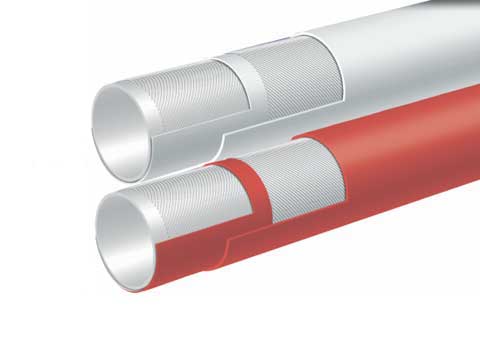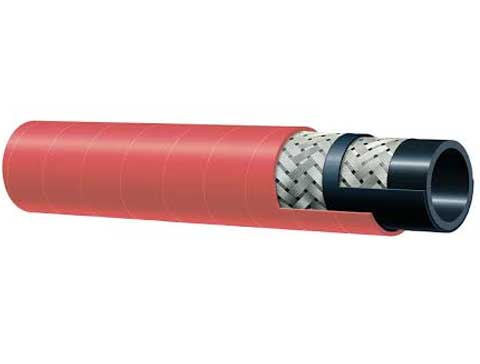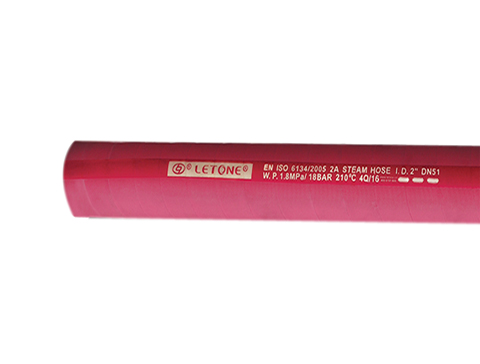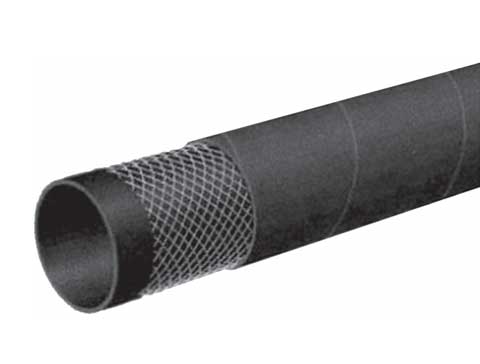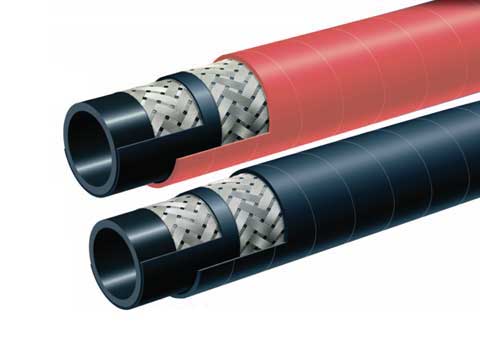Steam hoses are very dangerous and require a lot of attention when working with them. Regular inspections, and a good plan for replacement will keep workers safe.
All workers should be wearing full safety gear including gloves, rubber booties, and full-length protection clothing. They should also ensure that their work area is free of tripping hazards and clutter.
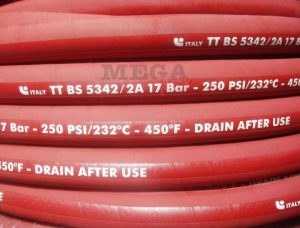
How to prolong the life of steam hoses
When choosing and using steam tubes, several factors must be considered. The hose's maximum pressure, temperature range, and chemical compatibility are all factors to consider. All of these factors will affect the hose’s service life. It is therefore important to choose the right hose for your application.
Proper maintenance is the most important factor to extend the life of a hose. Regular inspections are necessary to detect any signs of damage. The hose must be kept in an environment that is clean and dry, free of any tripping hazards. In addition, the hose should be inspected every time it is used to ensure that the coupling is tight. Finally, all hoses should be hydrostatically tested at least once per year for five minutes at their rated working pressure.
Another factor that can dramatically extend the service life of a steam hoses is to use stainless steel inlays instead of spiral reinforcement construction. Spiral reinforcement can kink, causing leak paths to form. Stainless steel inlays are more resistant to these forces, and better suited for applications involving high pressure.
reasons for the fracture of the inner steel wire layer of the steam hose
Steam hoses are used to convey pressurized steam in various applications, including heating and sterilization of equipment and surfaces. They are also useful for industrial cleaning, and fire prevention. If they are not maintained and handled properly, they can crack and burst when exposed to high temperatures and pressures. This can cause injuries and property damage, and even loss of life. You can prevent this by knowing the causes of deterioration and what you can prevent it.
The tube of the steam hose is made from high-quality black and smooth synthetic rubber (mostly EPDM), which can withstand steam's high temperature. It is reinforced with one or two layers of high tensile and high strength steel wire. The cover of the hose is made of EPDM, which makes it resistant to abrasion, weather, aging, and ozone.
Steam hoses are usually equipped with fittings on both ends that can be attached to compatible equipment. The choice of fitting size, structure, and material is critical, as they may damage or shorten the hose working time. Unreasonable designs of the fittings and poor processing can lead to the hose inner damage or even rupture, which is dangerous to the operator. It is recommended that the hoses be regularly inspected and maintained.
main raw materials used in steam hoses
Steam hoses are essential tools for many industrial applications, but they require special care to maintain their performance and safety. Incorrect installation, storage, maintenance, and inspection could lead to expensive problems, such as equipment damage, serious injury, or even death. The following tips can help you avoid these problems and extend the life of your steam hoses.
The main raw materials in a steam hose are the tube, reinforcement layer, and cover. The tube is usually made from chlorobutyl or EPDM rubber, which offer excellent heat resistance. The reinforcement layer is often made from stainless steel wire, which resists high-temperature deterioration and helps the hose to retain its tensile strength. The cover protects the hose from chemicals and environmental hazards, including UV rays and ozone. The hose can also be made with an oil-resistant cover, which is ideal for chemical processing plants.
The hose should be cleaned after each use and thoroughly inspected for kinks, wear spots, loose couplings, and other damage. In addition, it should be stored in a dry place at normal temperatures. It should not hang from a rack which allows sharp bends, or exceeds the rated minimum bend radius. This can cause damage to the cover. Finally, the hose should be grounded to prevent static buildup.

